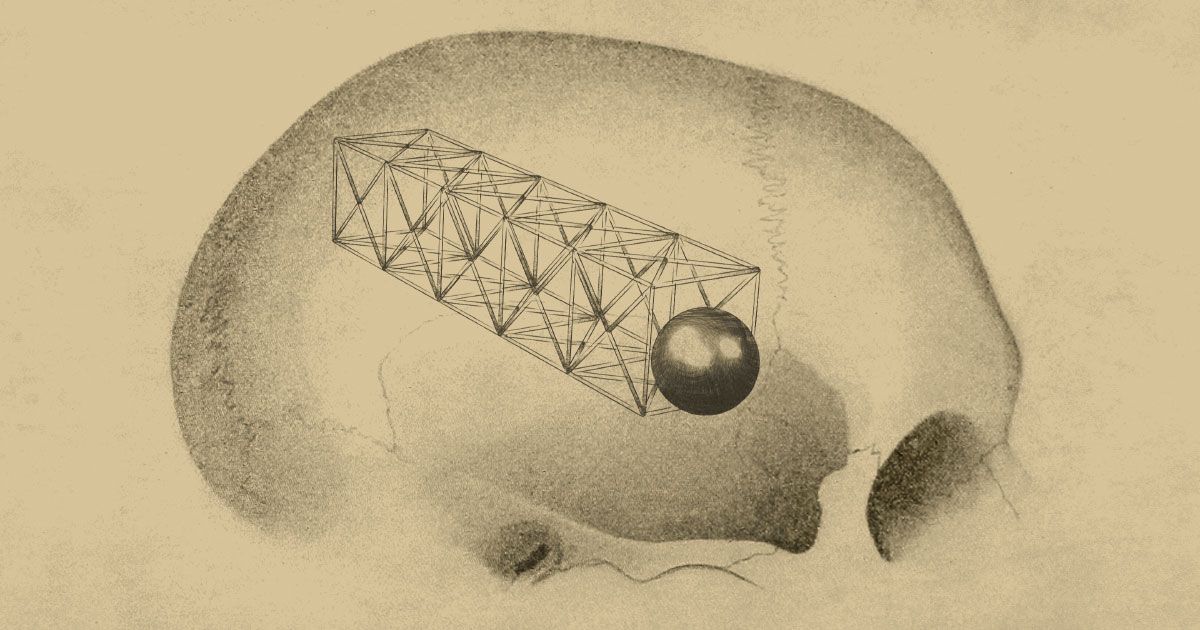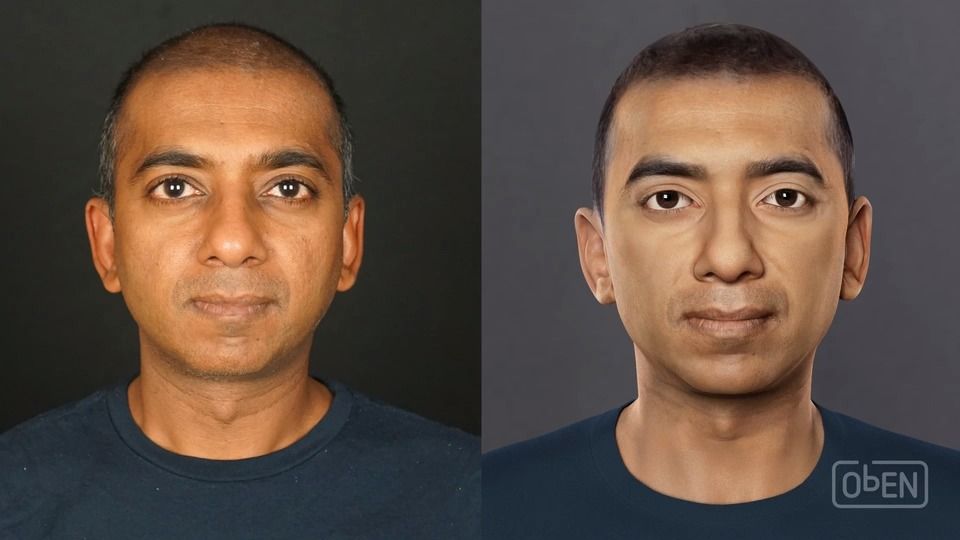Astronomers have been watching the full fallout of a tidal disruption event for years.



A team of European scientists believes that their gene therapy research could prove to be a life-changing option for individuals who suffer from spinal cord injuries.
A research team from King’s College in London has taken a giant step toward helping paralyzed individuals regain “control of their hands.” In a recent experiment, the scientists have had success repairing spinal cord damage in rats using gene therapy.
The spinal cord is a cylindrical tube of nerve fibers and connected tissue that is enclosed within the spine. It carries instructions to virtually every part of the body, forming the central nervous system.

Researchers at QuTech in Delft have succeeded in generating quantum entanglement between two quantum chips faster than the entanglement is lost. Via a novel smart entanglement protocol and careful protection of the entanglement, the scientists led by Prof. Ronald Hanson are the first in the world to deliver such a quantum link on demand. This opens the door to connect multiple quantum nodes and create the very first quantum network in the world. Their results are published in Nature.
By exploiting the power of quantum entanglement, it is theoretically possible to build a quantum internet invulnerable to eavesdropping. However, the realization of such a quantum network is a real challenge—it is necessary to create entanglement reliably on demand, and maintain it long enough to pass the entangled information to the next node. So far, this has been beyond the capabilities of quantum experiments.
Scientists at QuTech in Delft have are now the first to experimentally generate entanglement over a distance of two metres in a fraction of a second, on demand, and theoretically maintain this entanglement long enough to enable entanglement to a third node. “The challenge is now to be the first to create a network of multiple entangled nodes—the first version of a quantum internet,” professor Hanson says.

Even before she was born, Elianna Constantino had already cheated death.
Elianna has a rare inherited blood disorder called alpha thalassemia major, which prevents her red blood cells from forming properly. The disease, which has no cure, is usually fatal for a developing fetus.
But while still in her mother’s womb, Elianna received a highly daring treatment. Doctors isolated healthy blood stem cells from her mother and injected them through a blood vessel that runs down the umbilical cord. Four months later, Elianna was born with a loud cry and a glistening head of hair, defying all medical odds.

LAS CRUCES, NM (Spaceport America PR) — Student rocketeers from around the globe will gather at Spaceport America June 21–23 for the Second Annual Spaceport America Cup, the world’s largest Intercollegiate Rocket Engineering Competition for student rocketry teams. The public in invited to meet the team and see their projects on June 19 in nearby Las Cruces, NM. Spaceport America is located between the cities of Las Cruces and Truth or Consequences, New Mexico.
More than 130 teams from US and international colleges and universities – including Canada, Egypt, Great Britain, India, Mexico, Poland, Turkey, Switzerland, as well as 31 of the 50 US States, plus the District of Columbia, and four of 13 Canadian provinces and territories – are registered. The competition will be challenging for the participants and exciting for spectators, as students will be launching solid, liquid, and hybrid rockets to target altitudes of 10,000 and 30,000 feet.
Among the events open to the public, under the auspices of the Experimental Sounding Rocket Association and Spaceport America, are:


Pasadena-based artificial intelligence tech startup Oben is about to roll out its first product, PAI (Personal AI), a consumer app designed to let users create an AI-driven avatar with their own look and voice.
Its underlying AI technology is already getting some select professional use. Overall, Oben’s team believes AI can have a wide range of uses including in virtual and augmented reality, gaming, content creation and retail.
With PAI, users essentially “teach” the app about themselves. “You take a selfie, and a visual avatar is ready in the app,” Oben CEO and co-founder Nikhil Jain explained, adding that users can then customize their look. Plus, simply by speaking a few sentences, users can teach their avatar to talk or sing. These features can be used on social media and the like.

Earth’s Second Magnetic Field.